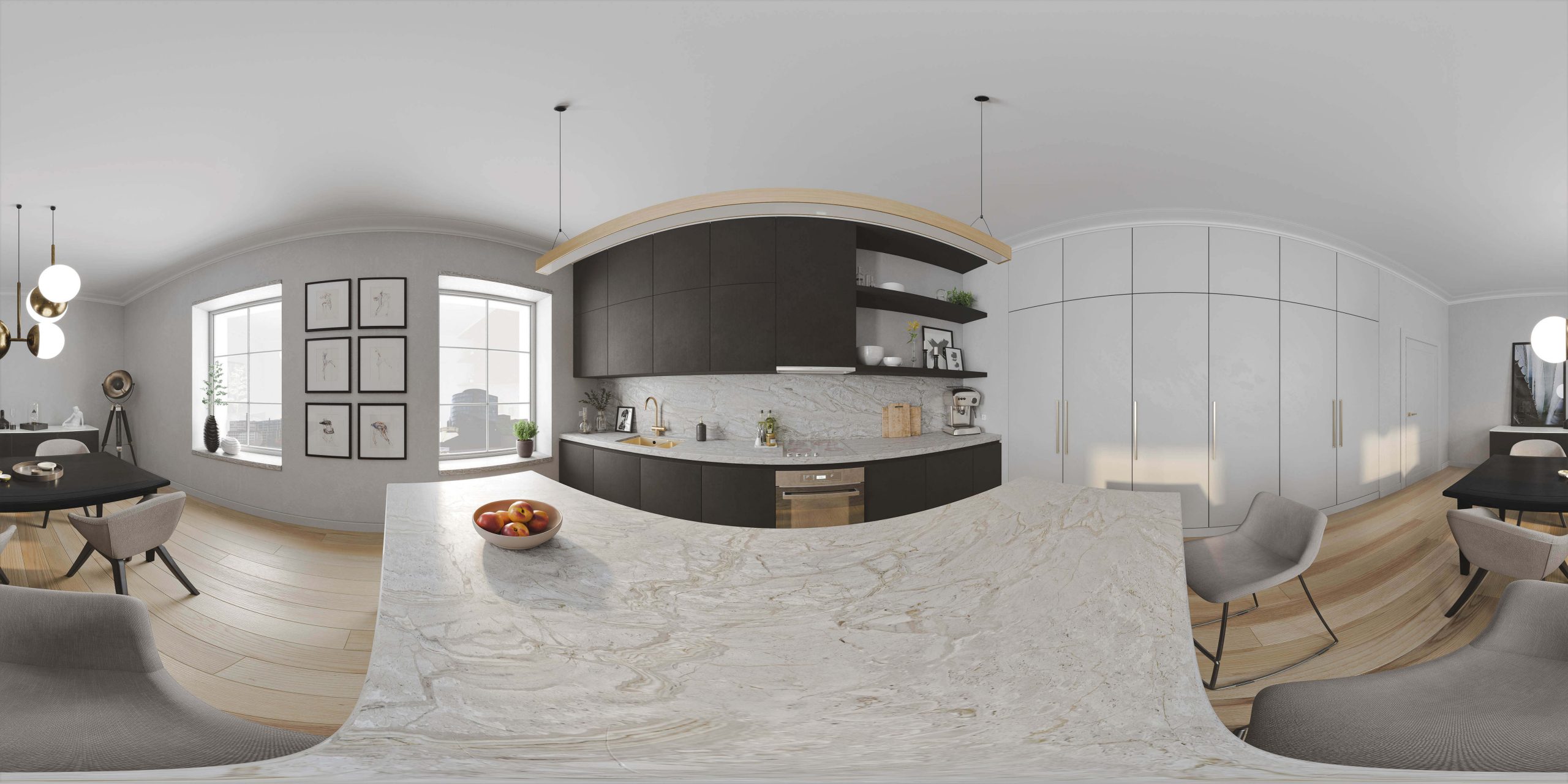Blog
The Psychology of Visuals in Real Estate Marketing
In the competitive world of real estate marketing, the psychological impact of visuals plays a pivotal role in shaping buyer perceptions and decisions. Beyond the brick and mortar, potential buyers seek a property that aligns with their dreams, desires, and lifestyle aspirations. In this exploration, we delve into the intricate realm of visual psychology in real estate marketing, with a special focus on the transformative power of CGI in influencing buyer perceptions and decisions.
1. Crafting Unforgettable First Impressions
The axiom “first impressions matter” resonates profoundly in the real estate arena, where the initial interaction with a property often transpires online. According to a study by the National Association of Realtors (NAR), properties accompanied by high-quality visuals receive 47% higher engagement compared to those with standard images. CGI, with its ability to generate stunning and photorealistic images, becomes the architect of that first impression, immediately captivating attention and stirring curiosity.
2. Eliciting Emotions and Establishing Connections
Purchasing a home is inherently emotional. According to a joint study by the Real Estate Buyers Agent Council (REBAC) and the American Resort Development Association (ARDA), 80% of buyers stated that they make decisions based on emotion. Architectural Visualization goes beyond the mere presentation of a property; it orchestrates an emotional symphony that resonates with potential buyers. Whether it’s the warm glow of a perfectly lit living room or the inviting ambiance of a digitally staged bedroom, 3D imagery enables real estate marketers to tap into the emotions that drive purchasing decisions, establishing a deeper connection between the buyer and the property.
3. Navigating Spaces through Virtual Tours
The evolution of 3D powered virtual tours takes potential buyers beyond static images and floor plans. A study by Matterport found that listings with immersive 3D virtual tours receive 87% more views than those without. It immerses them in a dynamic exploration of the property, facilitating a sense of ownership before a physical visit. This interactive experience taps into the psychology of visualization, allowing buyers to see the possibilities and imagine their lives in the showcased space.
4. Trust-Forging Realism
Trust forms the bedrock of successful real estate transactions. According to a survey by Inman, 89% of homebuyers consider photos to be the most useful feature when searching for a home online. 3D Renders, with its prowess in creating high-quality, realistic visuals, instills confidence in potential buyers. Accurate representations of properties, down to the minutest details, build trust by aligning expectations with reality. This trust, cultivated through 3D visuals, becomes a substantial factor influencing a buyer’s decision-making process.
5. Memorable Branding through Consistency
Beyond individual properties, CGI contributes to the creation of a memorable brand image for real estate developers and agencies. Consistency in visual quality across listings and marketing materials fosters brand recognition. A study published in the Journal of Marketing Research indicates that consistent branding across platforms can increase revenue by up to 23%. The psychological impact lies in the association of that brand with professionalism, reliability, and a commitment to providing visually appealing, accurate representations.
6. Elevating Perceived Value through Highlighting Unique Features
Perceived value is a linchpin in real estate transactions. According to a study by Zillow, properties with high-quality photos are more likely to sell at or above the list price. Architectural Visualization allows marketers to spotlight the unique features and selling points of a property, elevating its perceived value in the eyes of potential buyers. Through visually communicating the lifestyle and benefits associated with a property, Architectural Visualization contributes to a positive perception that goes beyond the physical attributes of the space, influencing the perceived worth of the investment.
7. Influence of Color Psychology in CGI Visuals
The use of color in 3D visuals plays a pivotal role in influencing buyer emotions and decisions. According to a study published in the Journal of Consumer Research, up to 90% of snap judgments about products are based on color alone. Understanding color psychology – how different colors evoke specific feelings and moods – empowers real estate marketers to strategically use CGI to create atmospheres that resonate with their target audience. Whether it’s a sense of tranquility, sophistication, or energy, the thoughtful application of color influences the overall perception of the property.
In conclusion, the psychology of visuals in real estate marketing, especially from an architectural visualization perspective, is a dynamic tool that extends beyond the functional representation of properties. It shapes perceptions, influences emotions, and ultimately guides buyer decisions. By tapping into the psychological impact of 3D visuals, real estate professionals can craft a lasting impression that sets their listings apart in a crowded and competitive market, creating a narrative that speaks directly to the hearts and minds of potential buyers.




